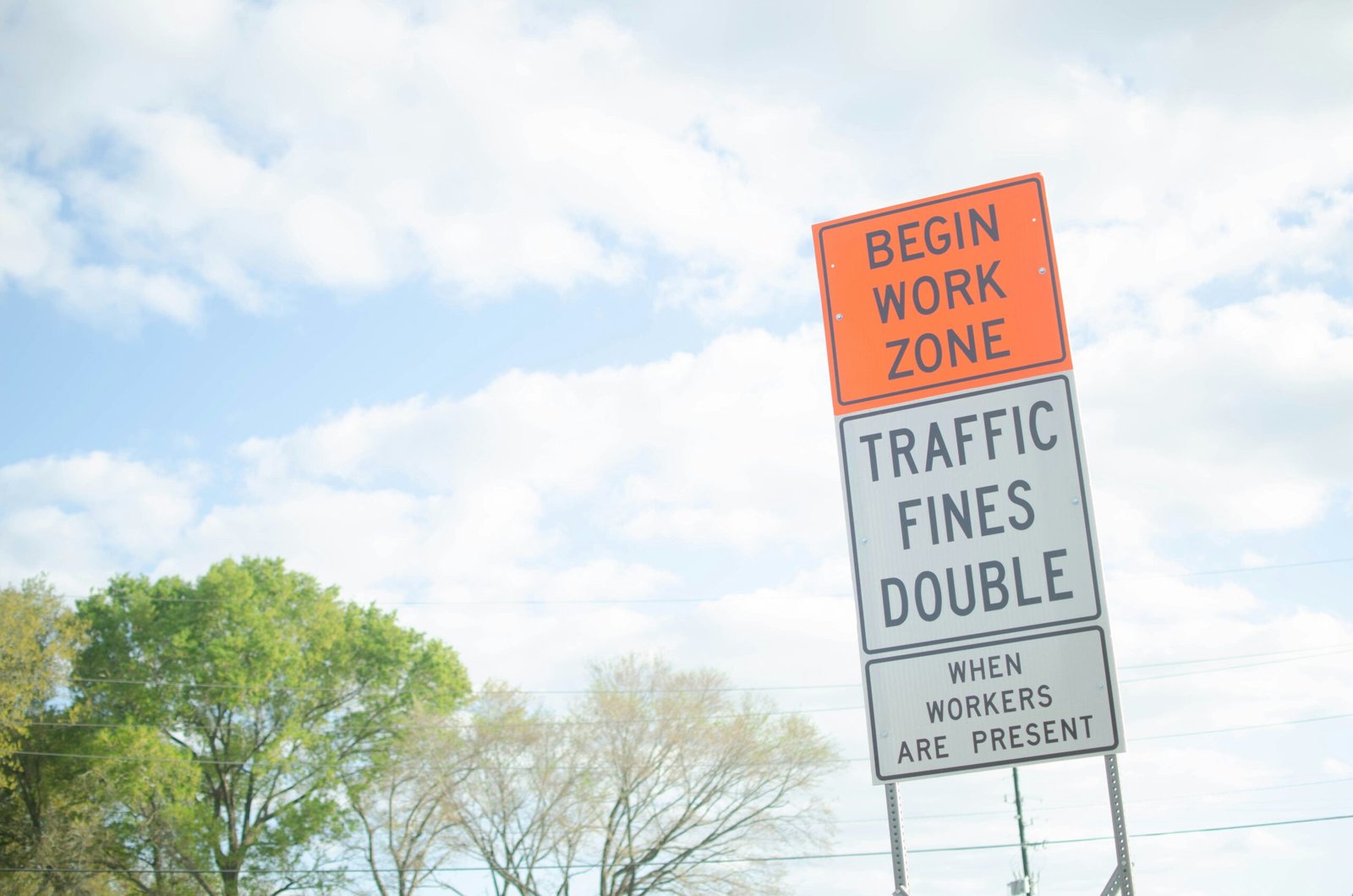Author name
julho 2, 2025
Boundaries are essential for healthy relationships — not just for adults, but for children too. Teaching your child about personal boundaries helps them understand respect, consent, safety, and emotional well-being. When children learn to set and honor boundaries, they gain tools to protect themselves, relate to others with empathy, and build self-respect. Neste artigo, você aprenderá a conversar com seu filho sobre limites pessoais, físicos e emocionais de maneira clara e saudável.
What Are Boundaries?
Boundaries are the limits we set for ourselves and others in terms of:
- Personal space
- Physical touch
- Emotions and communication
- Time and responsibilities
- Privacy and consent
Boundaries define where we begin and others end — and children need help understanding this from a young age.
Why Kids Need to Learn About Boundaries
Children who understand boundaries:
- Feel safer in social situations
- Are more likely to say “no” when something feels wrong
- Respect other people’s needs and comfort
- Communicate more clearly
- Are less vulnerable to manipulation or peer pressure
It’s a vital part of both emotional intelligence and personal safety.
Start with Their Own Body
Use clear language about bodily autonomy:
- “Your body belongs to you.”
- “You don’t have to hug or kiss anyone if you don’t want to — even family.”
- “You can say no to touch that makes you uncomfortable.”
Respecting their “no” teaches them to respect others’ too.
Use Everyday Examples
Bring boundaries into daily conversations:
- “You can tell your friend you need space if they’re too close.”
- “If someone keeps interrupting you, you can say: ‘I’m not done yet.’”
- “If you’re not in the mood to share a toy, it’s okay to say that kindly.”
Use role-play to explore different scenarios.
Teach the Difference Between Kindness and Obligation
Help children see that:
- Being kind doesn’t mean saying yes to everything
- They can set limits and still be a good friend
- It’s okay to disappoint others to protect themselves
This builds assertiveness with compassion.
Model Your Own Boundaries
Children learn by example:
- “I need a few minutes alone to calm down.”
- “I’m not comfortable being interrupted — let’s talk after.”
- “I’m going to say no to this because it’s too much for me right now.”
When you respect your limits, they’ll learn to do the same.
Teach Respect for Others’ Boundaries
Help your child understand that:
- “No” means no — in games, play, and conversation
- If a friend wants space, we give it
- If someone says “stop,” we stop — no teasing or pushing
Use clear consequences when they cross others’ boundaries.
Keep Conversations Ongoing
Don’t make it a one-time talk — bring up boundaries often:
- During conflicts or misunderstandings
- When watching shows or reading stories
- When your child is navigating new social situations
Repetition and open dialogue make lessons stick.
Boundaries Teach Children to Be Safe, Strong, and Respectful
Talking to your child about boundaries isn’t just about protection — it’s about empowerment. You’re teaching them that their voice matters, their feelings count, and that relationships thrive when both people feel respected. And that’s a lesson they’ll carry for life.



